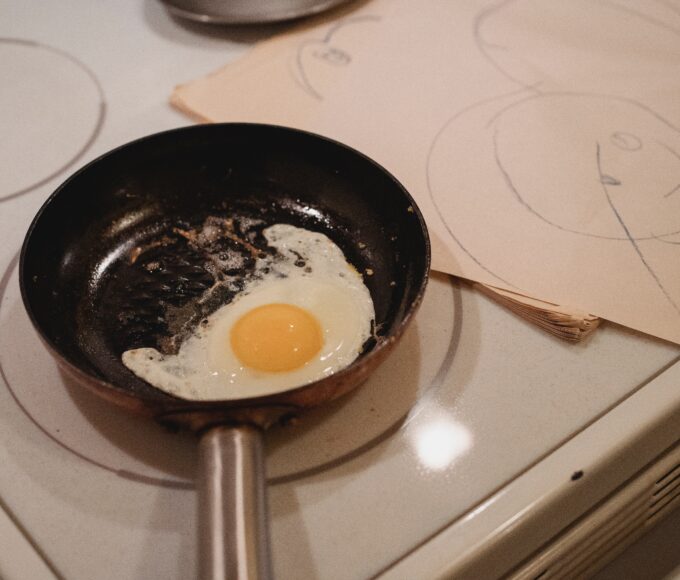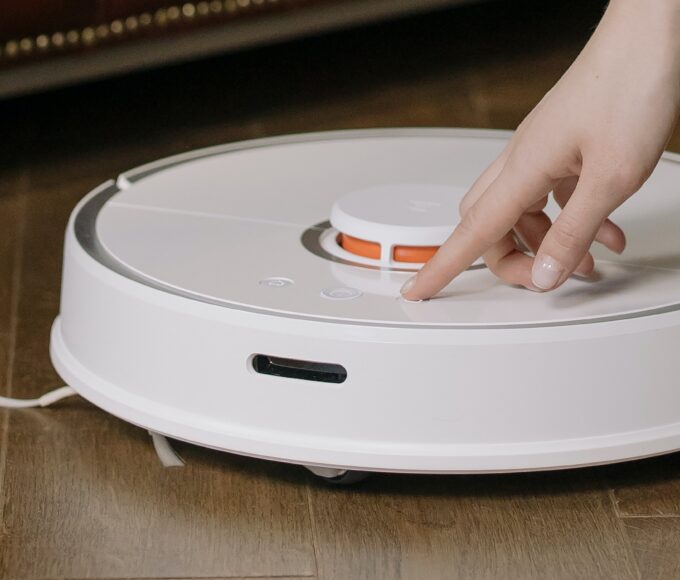The Four Rules For Installing A Wood Pellet Or Pellet Stove

Four essential rules for installing a wood pellet stove, the volume of the room, the location, the ventilation of the premises, the smoke connections, the chimney flue, the suction cup, the electrical connection.
What you should know about pellet stoves
Energy wood (wood chips, wood chips, etc.) is ecological, economic, and attractive energy in terms of price. However, an independent wood pellet stove is much less polluting than a wood stove or log appliance. If the installation of a wood pellet stove or pellet stove is less restrictive than central heating with radiators, it requires the skills of a qualified EGR professional. Unlike a boiler heating system coupled with hot water emitters, the individual stove directly heats the air in the room with electric fans. It extracts air either in the room or directly outside, which is preferable. Models are operating without electricity and hydro models, which are connected to a hot water heating circuit.
Types of pellet stoves
- Electrical: they are connected to a vertical chimney flue opening onto the roof.
- Waterproof electrics: they are fitted with a suction cup opening on the wall or the roof.
- Without electricity: they are connected to a vertical flue leading to the roof.
- Hydro: they are placed in a cellar or garage and are connected to ceiling, floor, or radiator heat emitters.
Four rules for Install a wood pellet stove
To set this heating mode, it is essential to know what are the four rules for installing a wood pellet or pellet stove to avoid costly mistakes. For all wood-burning appliances, a flue gas exhaust duct is compulsory.
Rule 1: The room must have sufficient volume
To be able to install an unsealed wood appliance, which is a large consumer of oxidant (8 to 15 m3 of air to burn 1 kg of wood), a minimum volume is required. To burn 1 kg of wood, 1 kg of oxygen is needed. In atmospheric air, oxygen represents 1/5 of the total volume. The combustion of energy wood, therefore, requires an enormous amount of air (oxygen contained in the air); wood is, therefore, a large consumer of oxygen.
Rule 2: The vents are compulsory for non-waterproof devices
With a sealed stove with a suction cup, it is not necessary to create a chimney flue that exceeds the ridge of the roof by 40 cm. An obligation concerning all types of fuel. Combustion air is taken from outside, which guarantees optimal operation. The work consisting of modifying the roof, crossing the ceilings, and insulating the duct for the passage of floors is therefore unnecessary, a simple opening made in the wall closest to the wood pellet stove allows the duct to be sucked towards the outside. A compulsory air intake must be installed (direct and not remote for non-waterproof pellet stoves). This air intake must provide adequate air supply for the proper functioning of the fireplace and bring into the room all the air necessary to compensate for that consumed by combustion.
Rule 3: A roof outlet with a conforming section protected from the weather must be installed.
The roof outlet is the end part of the flue pipe: it is on this device that a correct draft will depend. The roof outlet must meet the following requirements:
- have an internal section equivalent to that of the flue.
- Have an outlet section not less than twice the internal part of the flue.
- Be made in such a way as to prevent the entry of rain, snow, or other foreign bodies (nests, birds, rodents, etc.).
- Be installed in such a way as to ensure efficient smoke dispersion.
- Be outside the reflux zone in which backpressures could form.
Rule 4: The electrical supply to the pellet stove must be separated from the rest of the electrical circuit:
Protection at the head of the line directly connected to the electrical panel will ensure optimum safety.
Conclusion
Don’t ever smoke near it and avoid investing in anything that degrades the air like the vehicles with internal combustion engines, boilers or domestic fuel oil, and firewood. You can ask an expert for practical advice allowing you to choose the stove to ensure proper installation as well as good maintenance. Or visit our best pellet stove comparison review for easy installation pellet stoves and the right one for your home.
Recent Posts
Best Smart Light Switch For Google Home
6th May 2023Best No Hub Smart Bulbs For Alexa And Google Home
6th May 2023How to connect smart light to google home
6th May 2023Best 2 burner induction cooktop built-in
29th April 2023Related Articles
DIY workstation sink at home
Setting up a workstation sink at home can be a great addition...
ByOlaoluwa Johnson T.10th April 2023How To Use An Induction Cooking For Dummies
Have you been looking for the best ways to use induction cooking...
ByOlaoluwa Johnson T.10th April 2023How to choose the right vacuum cleaner for your home
How to choose the right vacuum cleaner for your home can sometimes...
ByOlaoluwa Johnson T.2nd April 2023Three things needed to prevent a fire from occurring in your home
As the world advances, so do the numerous challenges we face. A...
ByOlaoluwa Johnson T.12th March 2023









